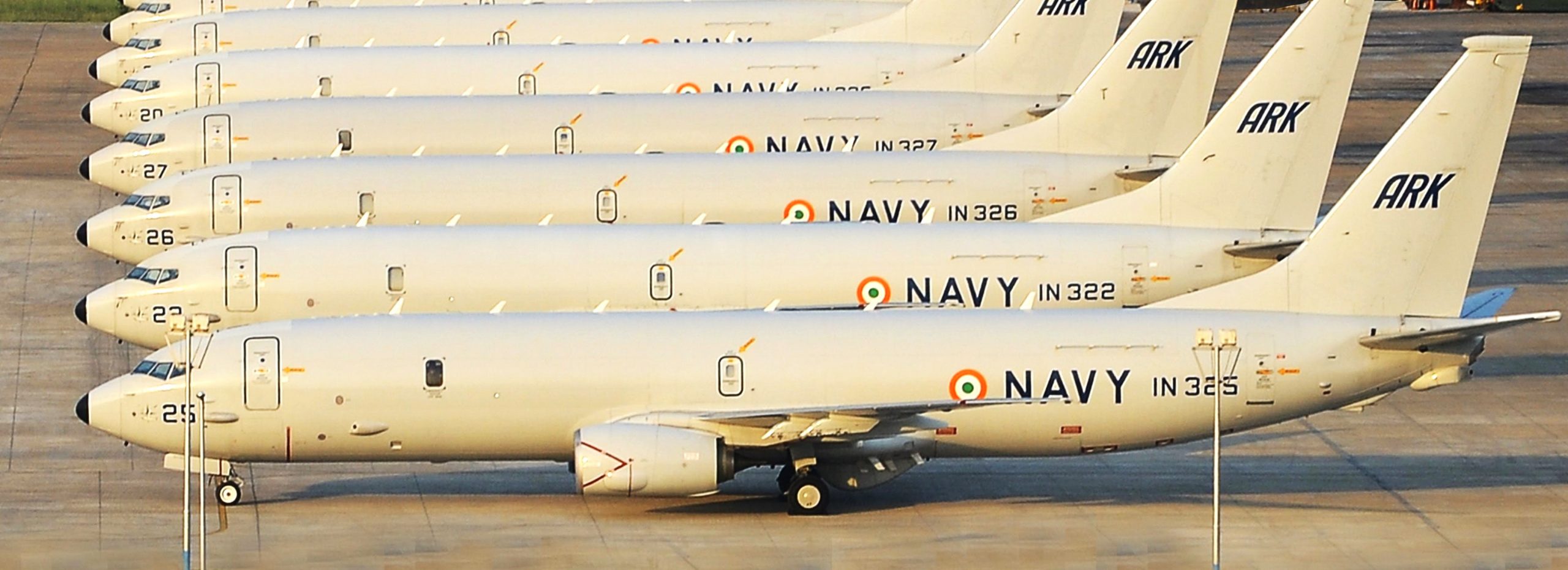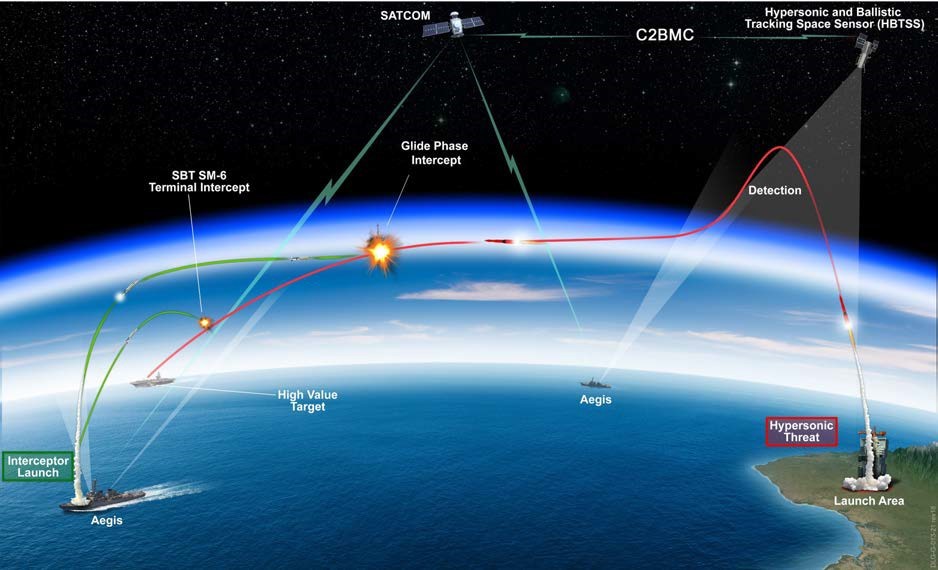
C 295 AIRCRAFT INDUCTION INTO IAF: CAPABILITY ENHANCEMENT AND ADVANTAGES

The Indian Air Force (IAF) on 13 Sep 23 took the delivery of its first C-295 transport aircraft from Airbus Defence and Space, at Seville in Spain. The aircraft is the first of the 56 such planes ordered by the IAF under a ₹21,935-crore project to replace its aging Avro fleet. The aircraft is expected to fly to India soon, followed by a formal induction ceremony later this month.
CASA C-295 (now Airbus C295) is a new generation, twin-turboprop, tactical transport aircraft. The manufacturers claim it to be the world’s most robust, reliable, versatile, and efficient multi-role tactical airlift aircraft. The prototype of this aircraft flew on 28 Nov 97 and the production commenced shortly thereafter. In April 1999, the Spanish Air Force became its first customer with an order for nine military-configured C-295s, and two years later (Nov 2001), it was declared operational with the service.
Reports indicate that about 300 C-295 aircraft have been ordered and operated by 30-odd customers worldwide. The aircraft is reported to be combat-proven, having been successfully used during long deployments in remote areas, in hot and humid conditions, in dusty and hot deserts, and in extremely cold areas.
Performance Characteristics: The aircraft has a flight endurance of up to 11 -13 hours and a maximum range of 5,630km. The maximum cruise speed of the aircraft is 260 knots, however, it is capable of low-level flight for tactical missions, at speeds down to 110 knots. The C-295 can cruise at altitudes up to 30,000 ft.
Roles and Tasks: The aircraft is designed for the movement of personnel and cargo within military conditions. It has also been designed to facilitate multi-role operations and has been produced in a wide range of configurations, as desired by the customers. Beyond its use as a tactical transporter, the C-295 is capable of performing a wide variety of missions effectively, which include:
• Parachute and cargo dropping
• Electronic signals intelligence (ELINT).
• Medical evacuation (MEDEVAC).
• Maritime patrol.
• Intelligence surveillance and reconnaissance (ISR) operations.
• As a gunship to provide air support to ground forces.
• Can be outfitted for use as a VIP transport, aerial refuelling tanker, and water bomber for fire fighting.
(Some of the equipment for adapting the aircraft to perform various roles is mounted onto pallets, allowing for its rapid installation and removal).
Capabilities: The aircraft is highly suitable for special operations with a characteristic high-wing, rear-loader design. The aircraft is capable of carrying up to nine tonnes (9,250kg) of payload or as many as 71 troops or 45 paratroopers at a maximum cruise speed of 260 knots. The aircraft has a rear ramp door for quick reaction and para dropping of troops and cargo. The aircraft can be operated from austere (short or unprepared) airstrips with minimal reliance on ground support infrastructures. It can reportedly be operated on soft ground without major issues even when heavily loaded. It has an auto-reverse capability, being able to turn 180º on runways as narrow as 12 meters wide. It has a remarkable short take-off & and landing (STOL) performance (the landing and take-off run of just 320m and 670m) from unpaved, soft, and sandy/grass airstrips.
Boost to IAF Capability: IAF will be the world’s largest operator of the C-295. The aircraft is a replacement for the IAF’s fleet of aging Avro-748 planes that entered service in the early 1960s. The induction will enhance the IAF capability in the following ways:
• Fill the medium-lift capability gap.
• Further boost to the special operation capability.
• Enhance high-altitude operation capability.
• Improve much-needed military aerial connectivity to ANC.
• Improve capability to sustain ground forces.
• Enhance HADR capability.
• Improve flexibility of air operations by providing a choice of palletised payloads.
Indian Contract
India signed a contract (₹21,935-crore project) with Airbus Defence and Space for an order of 56 C 295s in Sep 2021. The first 16 aircraft are to be delivered in fly-away condition over four years from the date of implementation of the contract. These aircraft will be assembled at the Airbus facility in Seville, Spain. The remaining 40 aircraft will be manufactured and assembled by Tata Advanced Systems in India under an industrial partnership with Airbus.
Delivery Schedule
The first aircraft has been delivered on 13th Sep 2023. The second aircraft is in final assembly at Airbus’s Seville facility and will be delivered in May 2024. The last of the 16 flyaway aircraft will be delivered to IAF by August 2025, while the first “made in India” C-295 will roll out of the Vadodara facility in September 2026 and the remaining 39 by August 2031.
Maintainability
The C-295 contract covers performance-based logistics support for five years ensuring a fleet availability rate of 85%. Also, the contract for the supply of spares is for 10 years covering 10 operating bases. It also includes ground support equipment, test equipment, tech publications, training devices, and training.
Manufacture in India
The C-295 will be the first military aircraft to be manufactured in India by a private consortium. The aircraft manufacture will take place at the Main Constituent Assembly (MCA) at Hyderabad and the Final Assembly Line (FAL) at Vadodara. The MCA in Hyderabad is already functional with domestic production of the parts, including the fuselage. The final assembly line in Vadodara (the first one outside Spain) is being built on the lines of the Seville facility and will be operational in November 2024. It will have a capacity for 12 aircraft per year.
Indigenisation
As part of the C-295 India project, the manufacturing of about 14,000 parts, 4,600 sub-assemblies, and all major component assemblies will be carried out in the country. These parts are already being indigenised by the TATA Group at a rate of about 4,000 every year. Non-airbus parts like engines (two Pratt & Whitney PW127G turboprop engines), landing gear, and avionics will be provided by Airbus, and integrated into the aircraft. All 56 aircraft will be fitted with an indigenous electronic warfare suite developed by Bharat Electronics Ltd and Bharat Dynamics Limited. While BEL is supplying the radar warning receiver and the missile approach warning system, BDL is providing the countermeasure dispensing system. These have already been certified and installed on the first aircraft.
Advantages of the Contract
The Indian Ministry of Defence and Airbus have signed a ‘Make-in-India’ and offset contract (the deal involves 30% offset obligations) under which the latter is obligated to purchase eligible products and services from local partners in India. The deal between Airbus and TATA will see nearly 90 percent of the technology transfer.
The project will create 15,000 direct jobs and 10,000 indirect jobs over the coming 10 years. Airbus currently employs over 2,750 full-time employees in India and its exports from the supply chain are $750 million per year in terms of components and services.
The program will provide a major boost to the ‘Atmanirbhar Bharat Abhiyan’ of the Government as it offers a unique opportunity for the Indian Private Sector to enter into a technology-intensive and highly competitive aviation Industry. The project will give a boost to the aerospace ecosystem in India wherein several MSMEs spread over the country will be involved in the manufacturing of parts of the aircraft. It will augment the domestic aviation manufacturing resulting in reduced import dependence and an expected increase in exports.
Future Prospects
The Defence Research and Development Organisation is considering procurement of 15 more C-295s to be converted into a maritime role for the Navy and Coast Guard. India is also in talks with Airbus to set up a maintenance, repair, and overhaul (MRO) hub for this aircraft, which is operated by several countries in the region, including the UAE, the Philippines, Thailand, Uzbekistan, and Indonesia. In the future, this aircraft or its variant may replace the aging AN-32 aircraft of the IAF.
Disclaimer
The opinions expressed in this article are the author’s own and do not reflect the views of Chanakya Forum. All information provided in this article including timeliness, completeness, accuracy, suitability or validity of information referenced therein, is the sole responsibility of the author. www.chanakyaforum.com does not assume any responsibility for the same.
Chanakya Forum is now on . Click here to join our channel (@ChanakyaForum) and stay updated with the latest headlines and articles.
Important
We work round the clock to bring you the finest articles and updates from around the world. There is a team that works tirelessly to ensure that you have a seamless reading experience. But all this costs money. Please support us so that we keep doing what we do best. Happy Reading
Support Us





















POST COMMENTS (0)